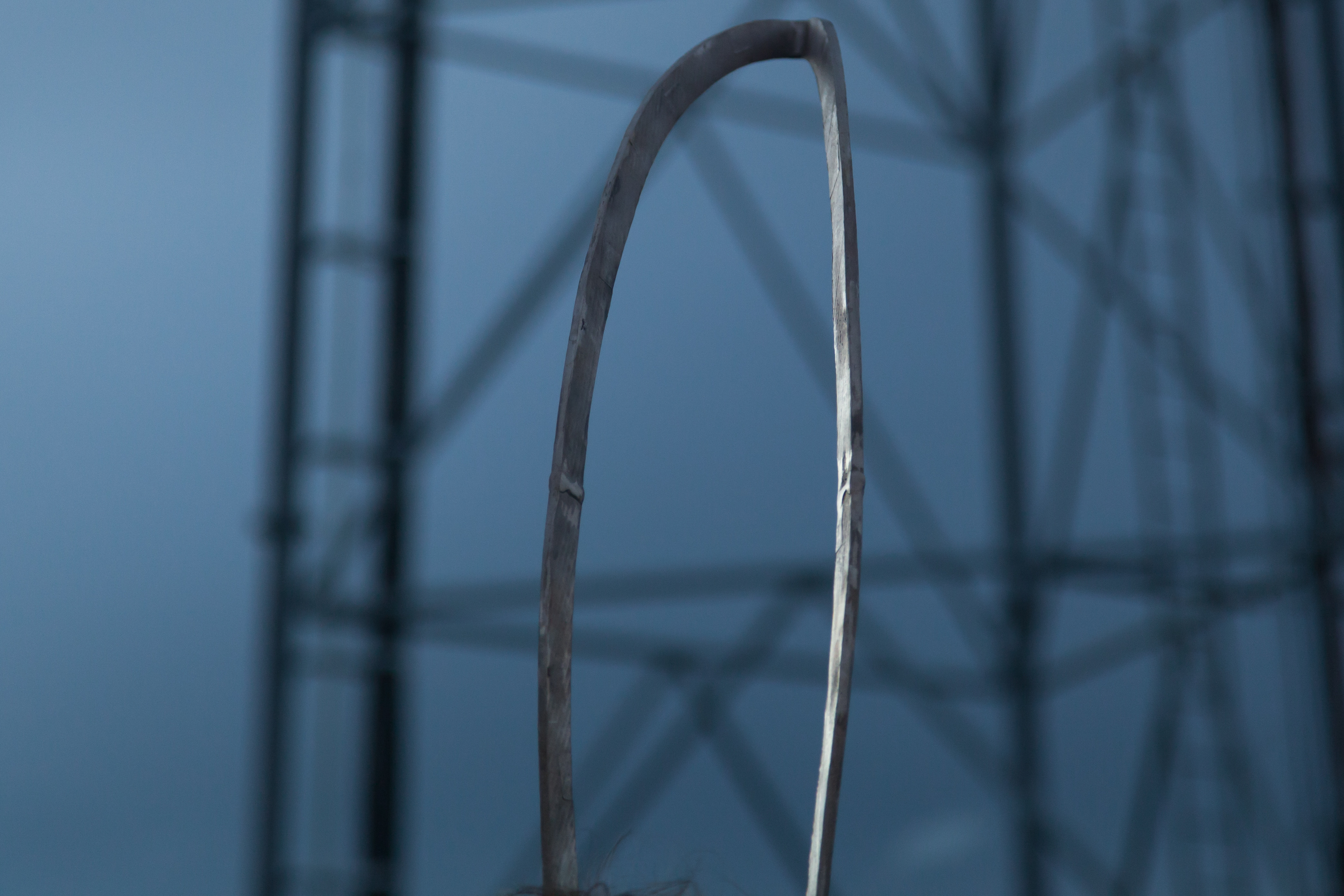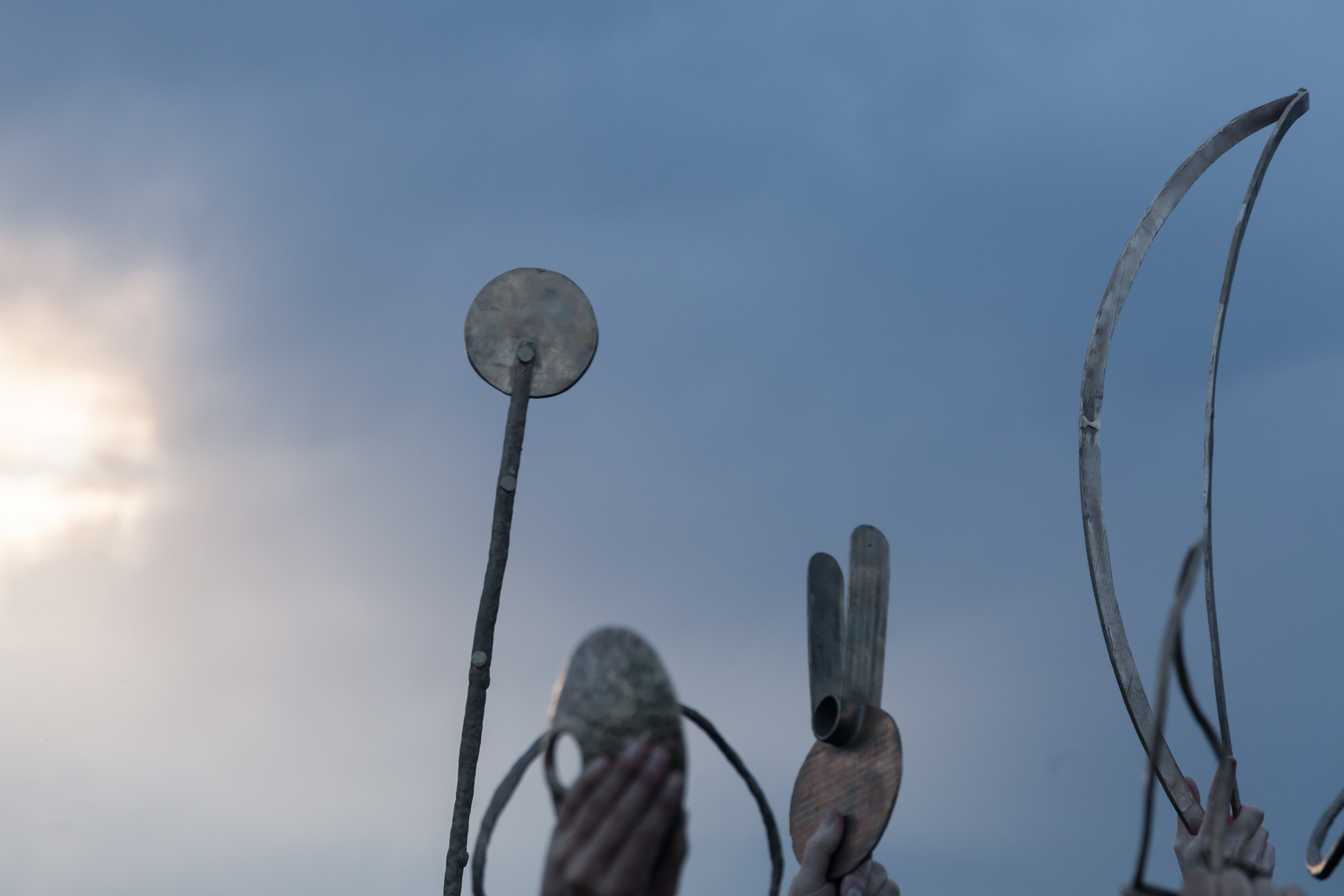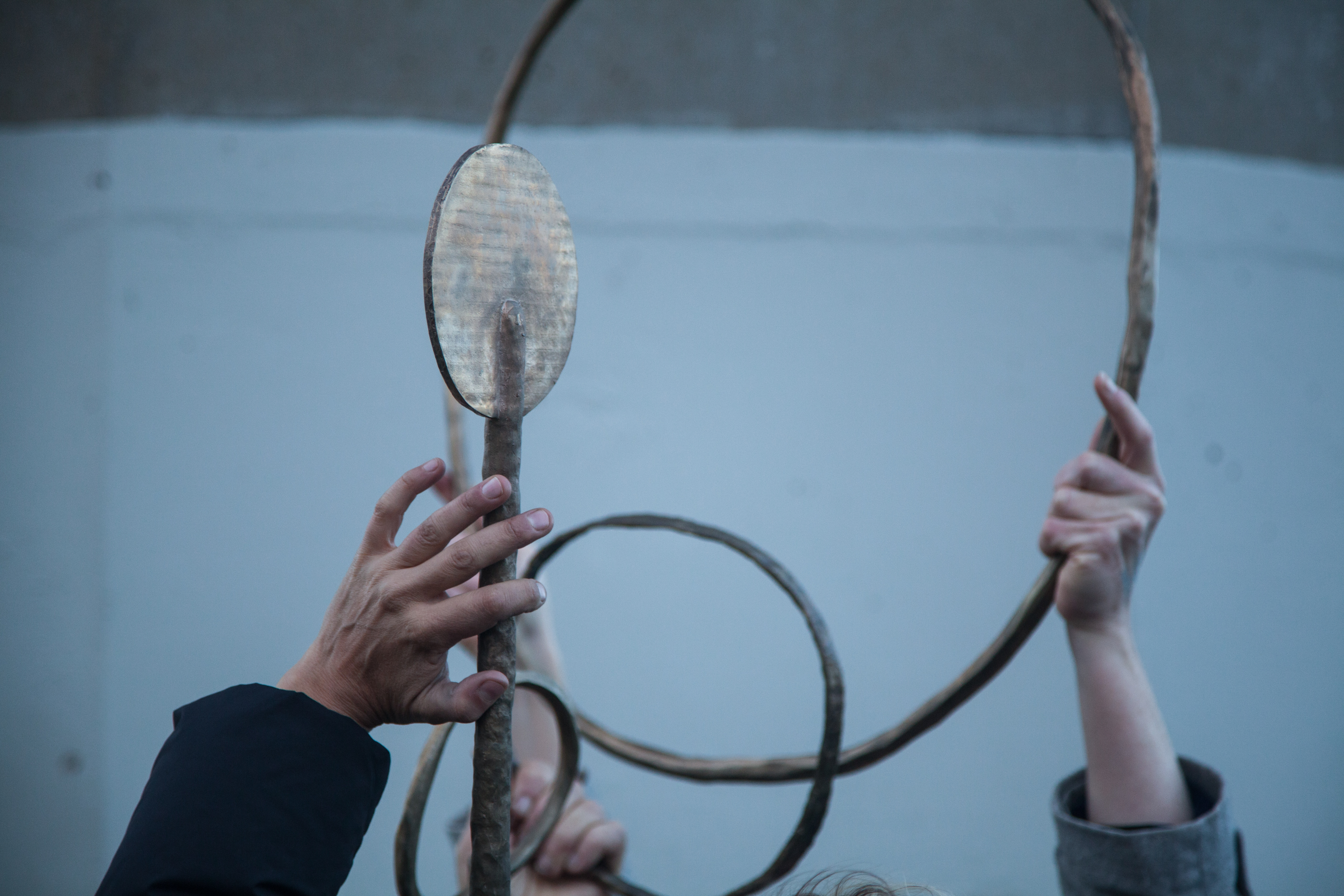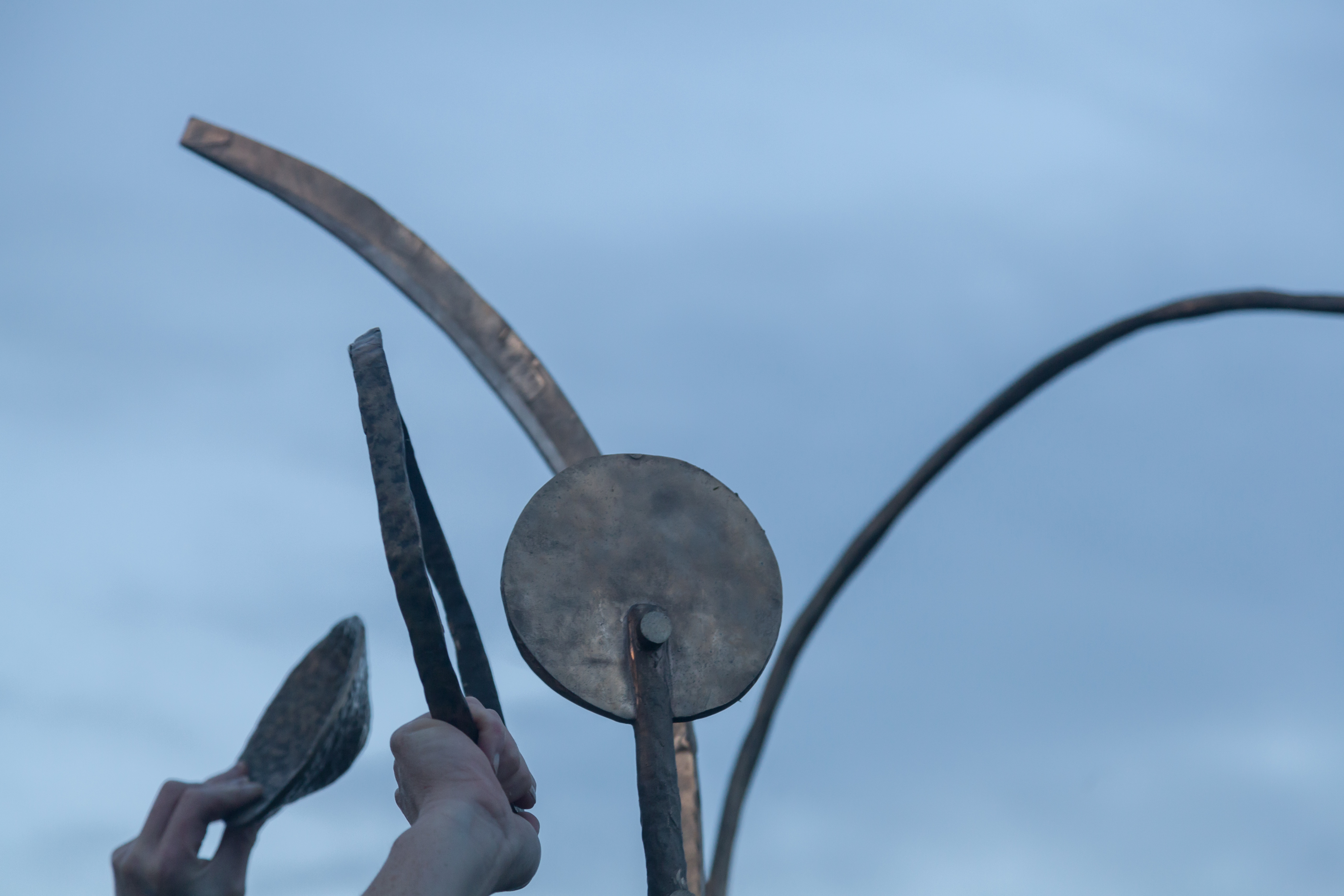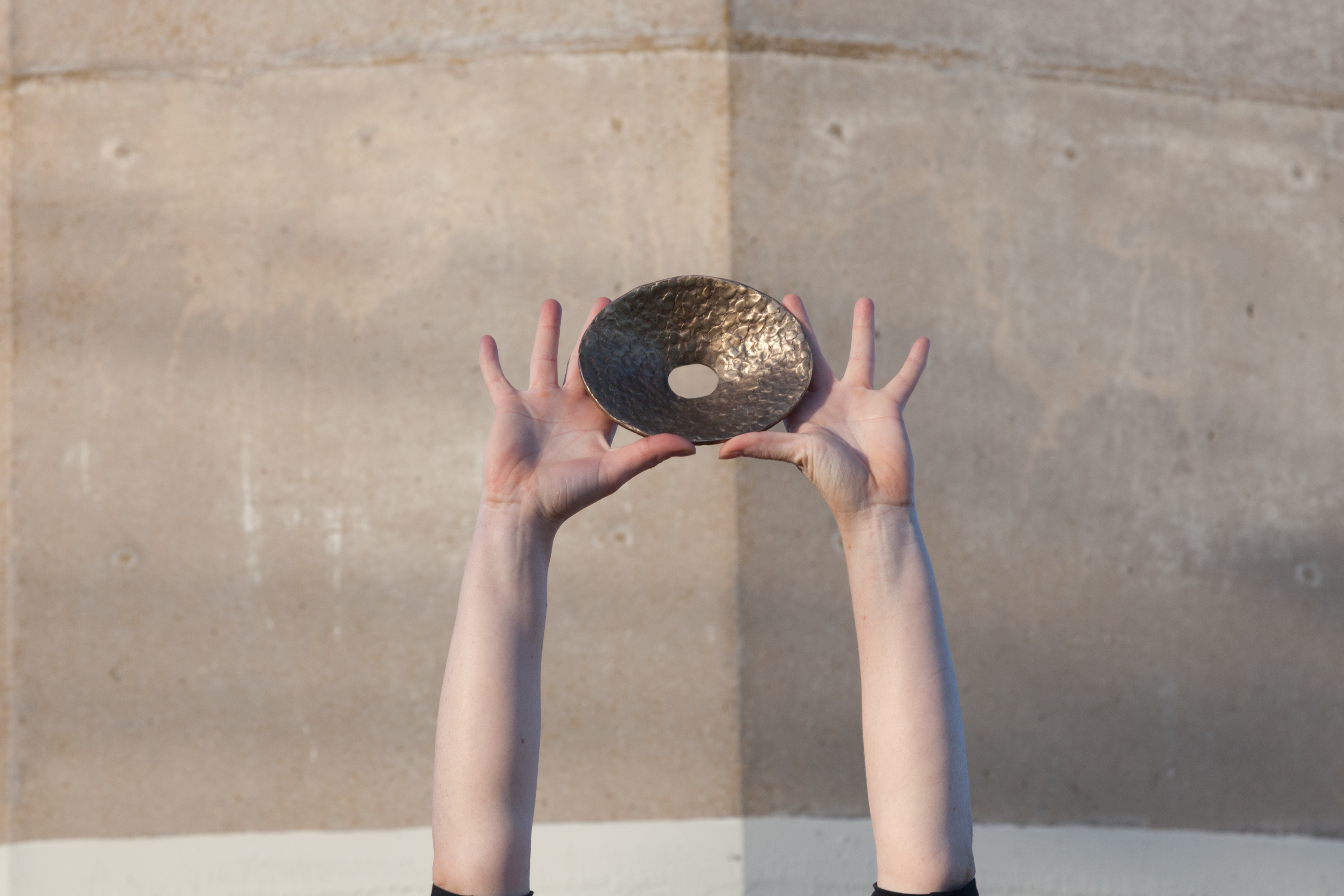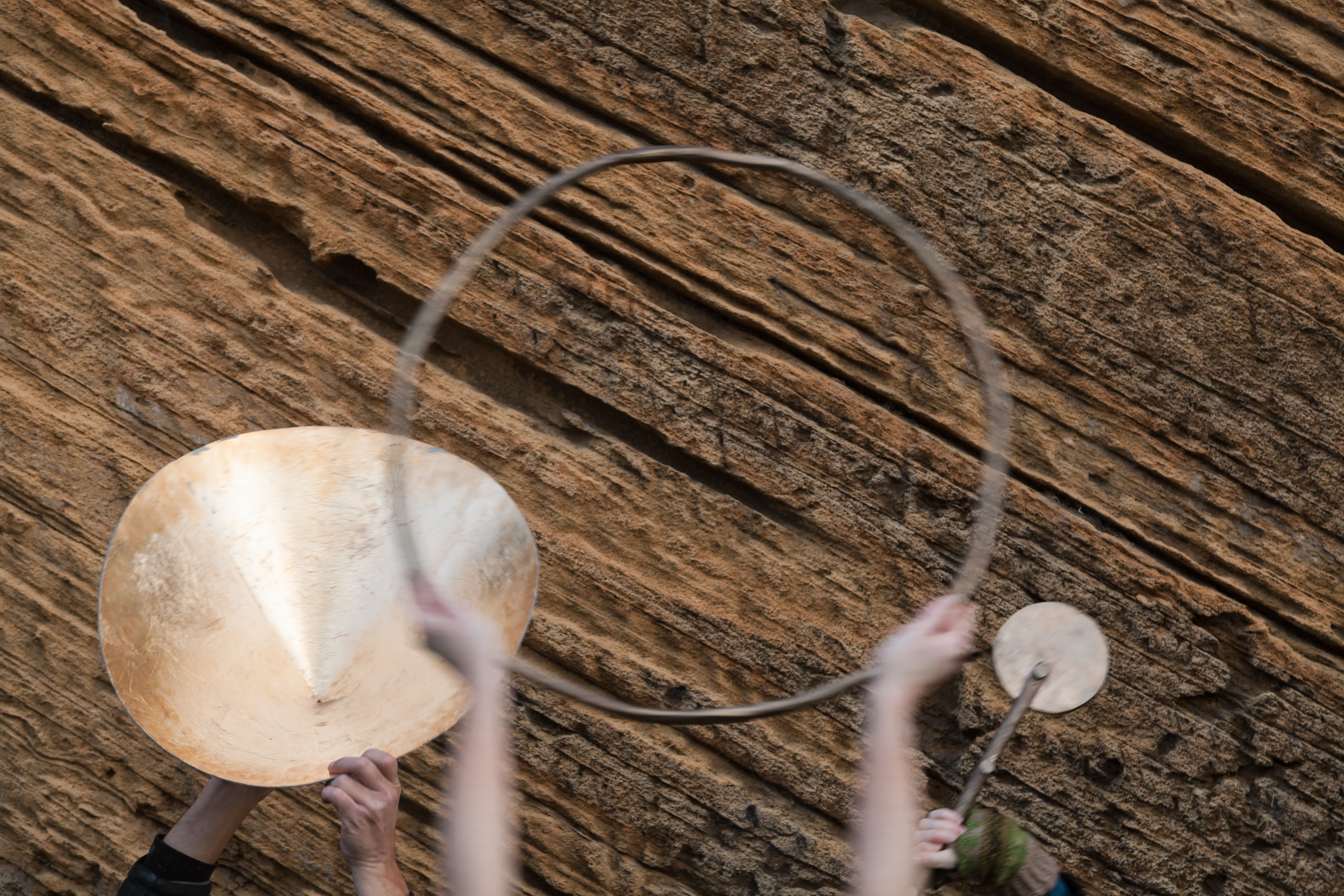I acknowledge and pay respect to custodians – past present and emerging – on sovereign Dharawal Wodi Wodi land where I live and conduct this creative practice. I extend this respect to all Aboriginal and Torres Strait Islander people. As a beneficiary of a colonial continuum and the resulting disproportionate distribution of wealth across this continent – I
Pay the Rent – and invite you to do so too.
Bianca Hester’s practice explores entanglements of materiality, place and the forces of ecological change across timescales, producing expansive artworks that cultivate new modes of attentive and relational embodiment amid the pressures of climate crisis.
Recent work investigates interconnections between colonial inheritance, extraction, environmental crisis, evolution and extinction across the Australian continent. Employing relational, embodied and situational methodologies – she combines experimental fieldwork, engaging the geologic record (in archives and in situ), site-writing, sculptural production, collaboration and performed actions – to develop projects that unpack the material conditions of specific places. This results in an expansive form of public art unfolding in dialogue with a range of interlocutors and participants.
Solar Objects The Cinema's Project
(2014)
Anthropogenic, Archive, Basalt, Brick, Bronze, Colonial continuums, Coal, Concrete, Cosmic, Deep time, Digging, Dirt, Dust, Embodiment, Extractivism, Extinctions, Floor, Fossil, Fragment, Geologies, Groundwork, Installation, Materiality, Object, People, Performance, Permian, Place, Plant life, Process, Meteorite, Moving, Moving image, Rubbings, Sandstone, Sculpture, Singular objects, Site, Sociality, Steel, Still image, Textual, Triassic, Walking, Wall.
